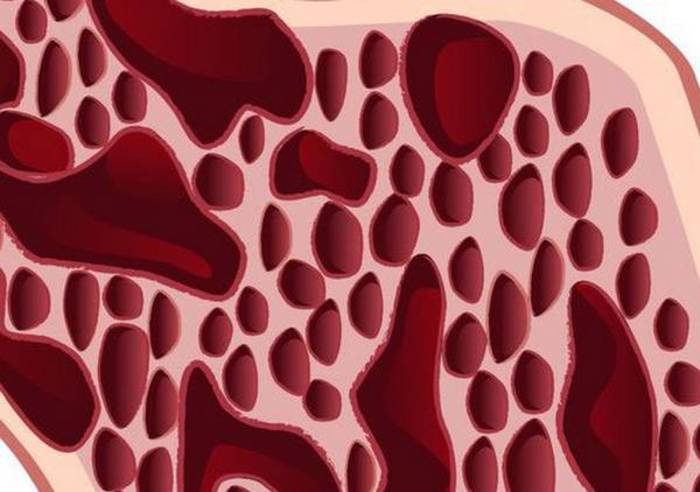(ANSA) - ROME, DECEMBER 03 - Osteoporosis affects 4.5 million people in Italy, 2 out of 3 are women, forced to deal with fragile bones and fracture risk: it is estimated that after the age of 50, 1 woman out of 3 and 1 in 5 men experience a fracture.
The problem is exacerbated by severe delays in diagnosis and inadequate care for 80% of patients.
In addition, one in 2 patients abandon treatment within a year.
These are some of the data that emerged at the 2020 edition of OsteoDay aimed at reminding the importance of a careful assessment of risk factors, early diagnosis, and appropriateness and therapeutic adherence to reduce the risk of fractures.
The virtual event, with the support of Chiesi Italia, the Italian branch of the Chiesi Group, involved the various specialists in the sector: orthopedists, rheumatologists, geriatricians, physiatrists, internists, comments Raffaello Innocenti, General Manager of Chiesi Italia, to encourage the comparison and sharing of clinical practice experiences.
"80% of patients with osteoporosis arrive late for diagnosis, even if made following a fracture - explains Bruno Frediani, of the University of Siena. An effective diagnostic strategy - he continues - as well as a careful examination of risk factors (from age to hormonal picture) should provide, starting from 60 for women and 70 for men, the execution of a radiological examination of the spine, to be repeated every two years ".
Correct lifestyles, diet and physical activity are fundamental for the prevention of osteoporosis.
"The achievement of peak bone mass around 30 years - adds Frediani - is attributable for 80% to genetic factors and 20% to correct lifestyle habits".
Therapeutic appropriateness and adherence to therapies are also fundamental, but for both there are still critical issues.
"Only 2 out of 10 patients - explains Frediani - receive appropriate therapy, therefore anti-fracture drugs, bisphosphonates in the first line, and vitamin D. This alone is not enough for the prevention of fractures".
(HANDLE).

